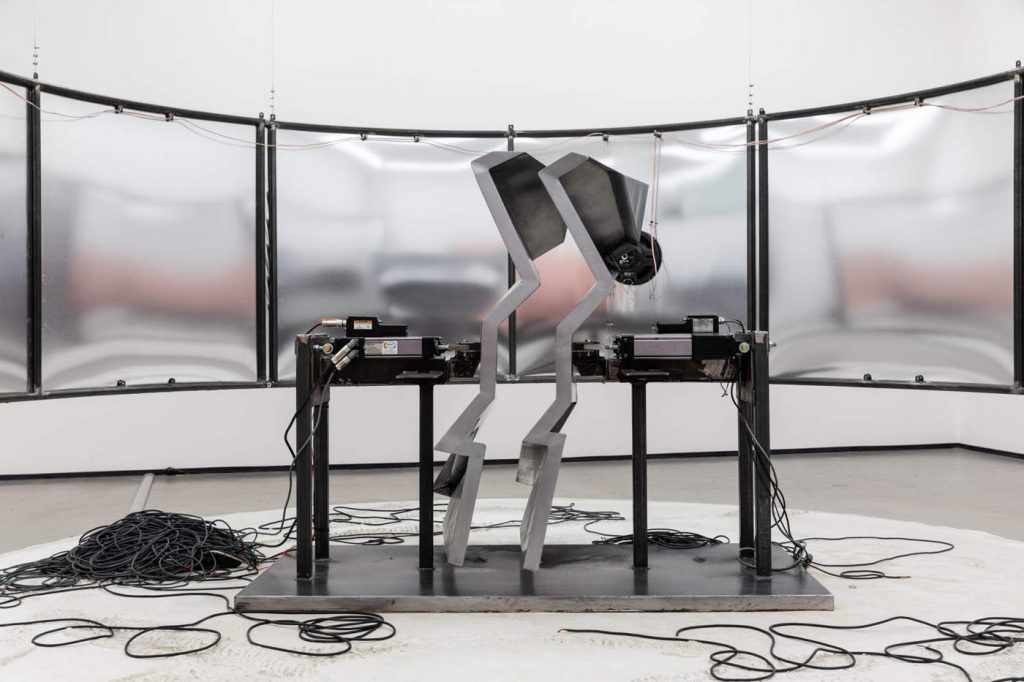
Information
Since 1817, the Kunstverein in Hamburg has been dedicated to the presentation and communication of upcoming, artistic positions of its time, serving as a platform for the constructive examination of new directions in art.
The Kunstverein was founded at a time of increasing social engagement on the part of a self-confident middle-class. In 1817 a group of Hamburg citizens assembled, initially meeting in private rooms to view and discuss works of art together. The founding members included such prominent city burghers as Karl Sieveking, Nicolaus Hudtwalcker and Alexis de Chateauneuf. This theoretical engagement with art was soon added to by exhibitions. In this way, Caspar David Friedrich, Phillip Otto Runge or Arnold Böcklin were early on exhibited in the Kunstverein. Not only was the Kunstverein the city’s oldest art institution, its members were also instrumental in founding the Hamburger Kunsthalle in the nineteenth century. The basis of the Kunsthalle collection also consisted mostly of items from the Kunstverein, which were acquired by Verein members and then expanded at the outset of the twentieth century by gifts and bequeathed estates.
As the twentieth century began, the Kunstverein exhibition profile was given sharper focus. Instead of fragmented exhibitions offering an overview, the emphasis was now on theme-based showings, both of solo artists and groups. One main focus was the Hamburg Secession and the avant-garde tendencies of the period such as Expressionism, Cubism and Russian Constructivism. The subsequent history of the Kunstverein in Hamburg mirrors the social changes taking place in Germany: prohibited under the National Socialists, the museum’s main endeavor post-1945 was the rehabilitation of Modernism. International artists such as Jackson Pollock or Francis Bacon now celebrated exhibition openings here, too. Around the time of the 1968 movement, art discourse was centered on social issues, and so the conceptual art of Joseph Beuys, Blinky Palermo, Dieter Roth or Hanne Darboven. From the 1980s onwards, the Kunstverein developed as a location at which, through art, debates were not only carried out on social, cultural and political subjects, but initiated, too. Philippe Parreno, Pierre Huyghe, Dominique Gonzalez-Foerster or Liam Gillick continued this tradition in the 1990s with pioneering projects.
The Kunstverein in Hamburg was and is continually dedicated to supporting those artists who produce work today and help design the cultural heritage of tomorrow. Setting its bearings by international developments in contemporary art, the program sets out to foster and present high-caliber artistic experiments, which, framed by discussion, further advance the development of contemporary art exhibitions.
As a location of artistic output, exhibition production, art education, and critical discourse, the Verein has devoted itself to those artists who reveal new perspectives on social issues. They have set themselves the task of showing us a path out of the familiar, perhaps also a way towards formulating a different kind of co-existence, one in which a language is formed that helps overcome both economic and political differences.
Open
-
Monday
Closed
-
Tuesday
12:00 pm - 6:00 pm
-
Wednesday
12:00 pm - 6:00 pm
-
Thursday
12:00 pm - 6:00 pm
-
Friday
12:00 pm - 6:00 pm
-
Saturday
12:00 pm - 6:00 pm
-
Sunday
12:00 pm - 6:00 pm
December 3, 2025 2:22 pm local time
Location
-
Klosterwall 23, Hamburg, Germany








Add a review